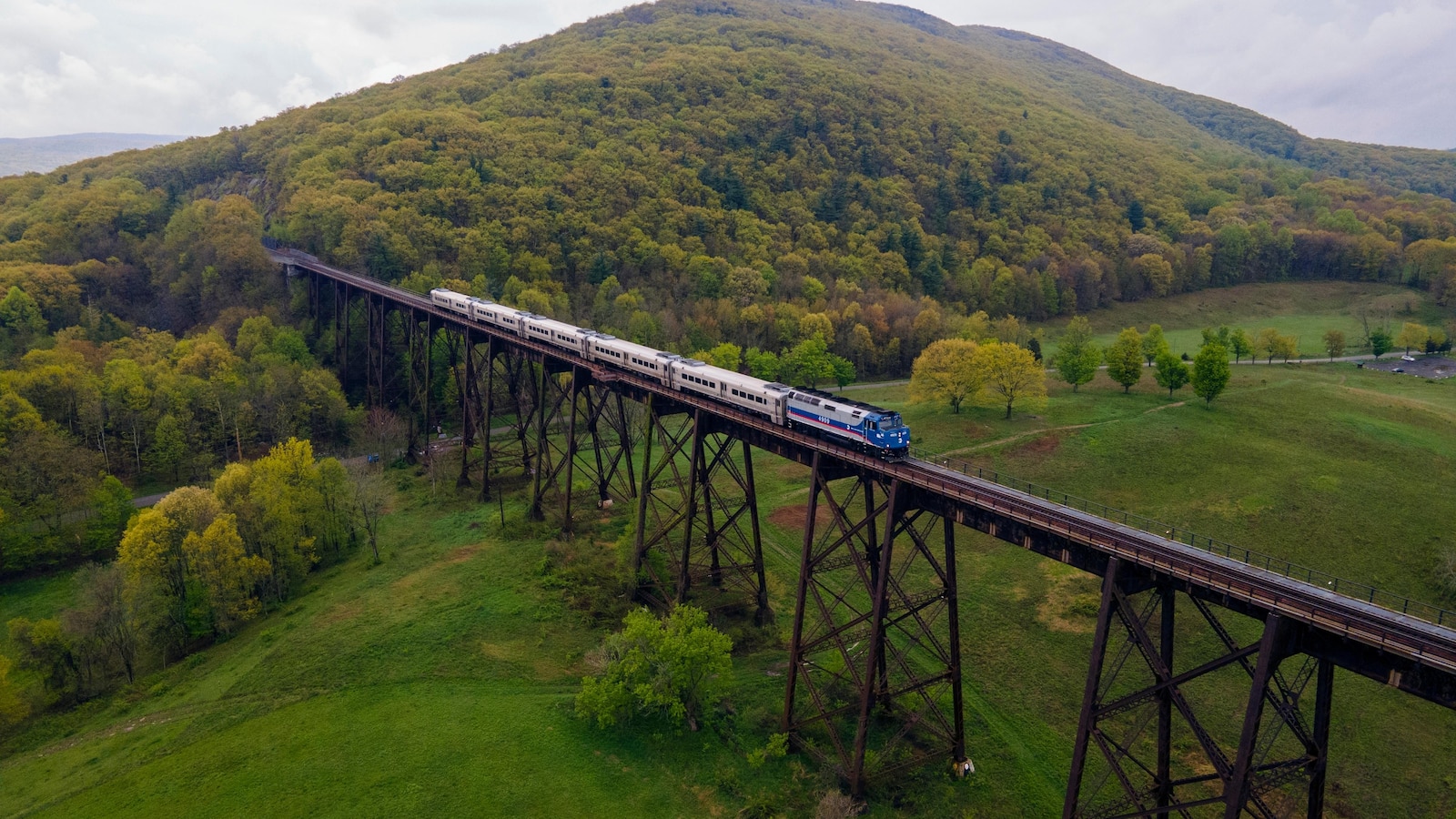U.S. to Train 163 Inspectors to Spot Railroad Bridge Problems, But Railroads Keep Inspection Duty
Transportation Department will expand personnel trained to identify bridge concerns while leaving ownership of inspections and results with rail companies
The U.S. Department of Transportation plans to train 163 track inspectors to identify structural problems with railroad bridges, a substantial increase in the number of federal and state personnel able to spot bridge concerns during routine track inspections. The announcement underscored that railroads will remain responsible for inspecting and maintaining their own bridges and that inspection results will continue to be treated as confidential.
Currently, only seven Federal Railroad Administration employees are trained to assess bridges, and the agency’s core role of reviewing each railroad’s bridge inspection plan will not change. The new training is intended to broaden the pool of inspectors who can recognize critical bridge issues while performing other track oversight duties, officials said. The effort will include both federal and state track inspectors.

Transportation Department officials framed the expansion as a way to increase the number of trained eyes on rail infrastructure without changing the regulatory framework that places primary inspection responsibility on the railroads. Under current practice, the Federal Railroad Administration evaluates and approves the railroads’ written inspection plans and periodically audits compliance, while individual carriers carry out routine inspections and maintenance.
The training initiative is designed to teach track inspectors how to recognize signs of structural distress, deterioration, or other red flags on bridges they encounter while performing track inspections. The department said the additional training will allow inspectors to flag potential problems to the appropriate authorities more consistently, though it did not say that federal personnel will assume direct responsibility for routine bridge inspections.
Department officials announced the plan Sept. 3 in Omaha, Neb. The change comes amid heightened attention to rail infrastructure safety and the condition of aging bridges and track nationwide. While the training increases federal and state capacity to detect potential bridge problems, the department reiterated that the legal obligation to inspect, repair and document bridges remains with the rail carriers and that inspection records will not be made public under current confidentiality practices.
The move expands the operational capability of inspectors in the field but maintains existing lines of responsibility and oversight. The Federal Railroad Administration will continue its role in assessing and approving inspection programs and conducting oversight audits, while railroads will keep their statutory duties for day-to-day bridge inspections and maintenance.